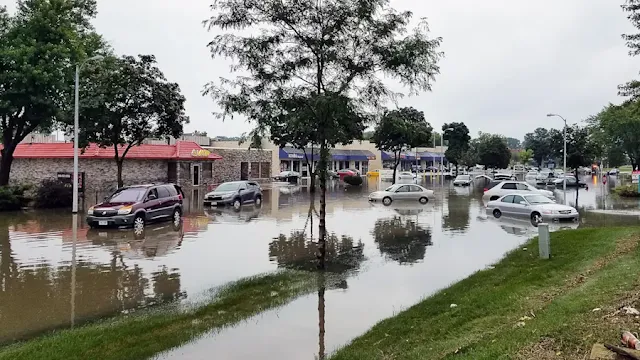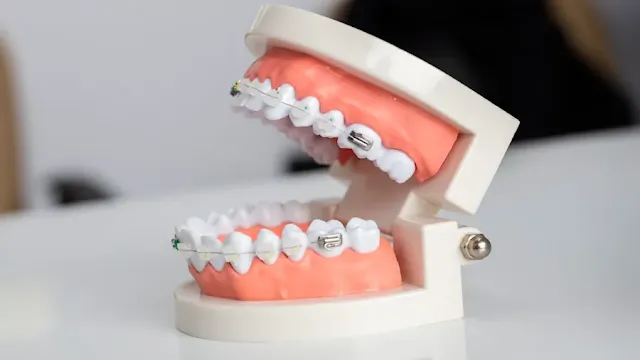Is Dog Bite Coverage Included in Homeowners Insurance?
Owning a pet is a rewarding experience, but it also comes with its own set of responsibilities and risks. One significant concern for pet owners is the potential for their dog to bite someone, leading to serious injuries and substantial financial implications. When your usually friendly pet bites a neighbor, friend, or stranger at the dog park, the situation can quickly escalate. Beyond the initial fear and need for first aid, the repercussions of a serious dog bite can persist for years, particularly if you're responsible for medical or legal expenses.
Repeated incidents or owning a high-risk breed like such as Pit Bulls, Rottweilers, or Dobermans ... may prompt your insurance company to reevaluate your policy, potentially leading to increased premiums or even cancellation.
Will My Homeowners Insurance Drop Me if My Dog Bites Someone?
Fortunately, most homeowners insurance policies cover dog bites and can mitigate the financial consequences of your dog's actions. These policies typically include personal liability coverage, which pays out when someone is injured due to your negligence. This often encompasses injuries like dog bites from a pet under your care. However, it's important to note that repeated incidents or owning a breed considered high-risk may lead your insurance company to reassess your policy, which could result in higher premiums or even cancellation.
What Happens if My Dog Bites on My Property?
If your dog bites someone on your property, homeowners insurance can provide coverage for medical bills, legal fees, and any potential settlements. Personal liability coverage generally applies regardless of where the bite occurs, whether on your property or elsewhere.
Does Having a Dog Affect Homeowners Insurance?
Yes, having a dog can impact your homeowners insurance. Insurers consider various factors, including the breed and history of the dog, when determining your premium. High-risk breeds or a history of aggressive behavior may result in higher premiums or exclusions.
Medical Payments Coverage for Dog Bites
Most homeowners insurance policies include medical payments coverage, which can help cover the immediate medical expenses of the injured party. This coverage is typically offered regardless of who is at fault and can provide quick financial relief for minor injuries.
Homeowners Insurance Breed Restrictions
Some insurance companies have breed restrictions and may not cover certain breeds deemed high-risk, such as Pit Bulls, Rottweilers, or Dobermans. It’s important to check with your insurer to understand any breed-specific exclusions.
Landlord Responsibility for Dog Bites
If you are a landlord and your tenant’s dog bites someone, you might not be directly liable, but it can still affect your insurance. Landlord insurance typically does not cover tenant pets, so ensuring tenants have renters insurance with pet liability coverage is crucial.
Understanding your homeowners insurance coverage is essential for protecting yourself from the financial fallout of a dog bite incident. Regularly review your policy and communicate with your insurer to ensure you have adequate coverage, especially if you own a breed that may be considered high-risk. This proactive approach can provide peace of mind and financial security in case your pet ever bites someone.

























